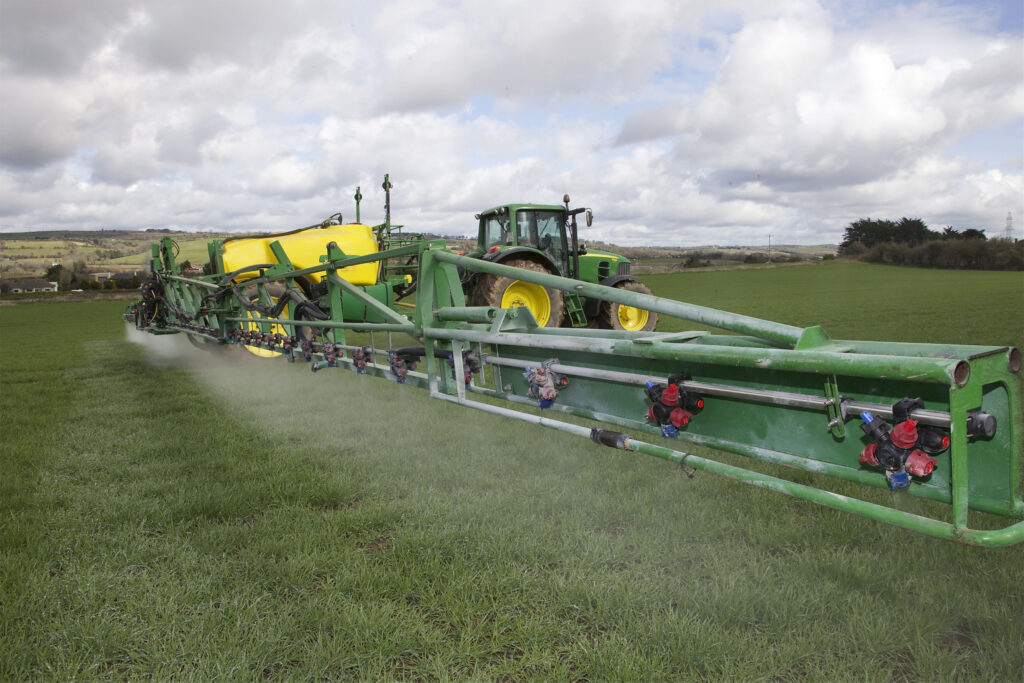A restructuring of recommended list trials to take account of cereal varieties grown on a more sustainable basis is on the cards in the UK.
This is according to plant breeding specialists with the Agricultural and Horticultural Development Board (AHDB).
The reality is, that generating robust information on the performance of varieties of cereals and oilseeds under lower-input conditions and creating market ‘pull’ for more sustainable crops are likely to require changes to the way varieties are selected.
This finding follows the publication of two new scoping reviews that examined varietal responses under reduced fungicides and nitrogen (N) inputs, respectively.
The research highlighted the complexities associated with testing varieties for reduced-input performance.
Recommended list trials
In addition to the potential costs associated with extra trials, AHDB is highlighting the need for collaboration across the variety-selection pipeline (from breeders to end users) to drive the development and adoption of lower-input varieties.
Recommended list (RL) development manager at AHDB, Kathryn Hales said:
“In the recent RL review, hundreds of people told us how we could improve the variety project over the short, medium and long term.
“We’ve already changed the way RL data is presented. We commissioned the two desk-based scoping reviews to help us understand how to deliver information on variety performance under lower inputs.”
Currently, most RL trials aim to limit the influence of factors that may hold back genetic potential to assess essential variety characteristics.
E.g., the fungicide programmes help minimise disease in treated trials and N is applied to maximise yield (within the constraints of end uses).
The RL trials also test the limits of performance in other areas, such as in the fungicide-untreated trial series.
Significantly, the RL review identified a demand for data on the performance of varieties closer to on-farm practice.
Both reviews examined the strength of the evidence on the impact of reduced inputs on the relative performance of varieties. They also provided recommendations on how to improve information and identified evidence gaps.
Nitrogen
For the N review, the main evidence base covered winter wheat and oilseed rape, with some studies on barley and oats. Information for triticale was limited and absent for linseed and rye.
A key finding was the high level of complexity associated with nitrogen use efficiency (NUE) and its measurement.
Evidence of differences on the relative performance of varieties at relatively low N rates was mixed, with limited reports from UK trials.
Although there was some evidence that older varieties and landraces may yield relatively well in low-N environments, there was little evidence that modern winter wheat and barley varieties differ in their NUE.
Encouragingly, some varieties bred in low-input environments elsewhere in Europe could maintain yields at relatively low N rates. For oilseed rape, there was evidence of differences in NUE between modern varieties.

Despite the lack of conclusive evidence for differences between current cereal varieties, the researchers stated the inclusion of reduced N trial plots at RL winter wheat trial sites should be considered.
Such trials were not recommended for oilseed rape, due to higher levels of complexity, including the influence of weather and pests at establishment.
Fungicides
For the fungicide review, the main evidence base covered winter wheat, with information lacking for all the other crops studied.

The researchers identified shortfalls in understanding about varietal tolerance to disease, as well as the influence of other potentially significant interacting factors, such as N inputs.
They also confirmed that current RL protocols could be adapted to test the performance of varieties under reduced fungicide inputs.
However, it was also concluded that the response of varieties to reduced fungicide inputs could be predicted from yield data (treated and untreated) and disease resistance ratings.
A computer model that predicts varietal performance under different fungicide inputs was found to have potential.
Such a model could use information from trials conducted on a subset of varieties to estimate the performance of other varieties.

